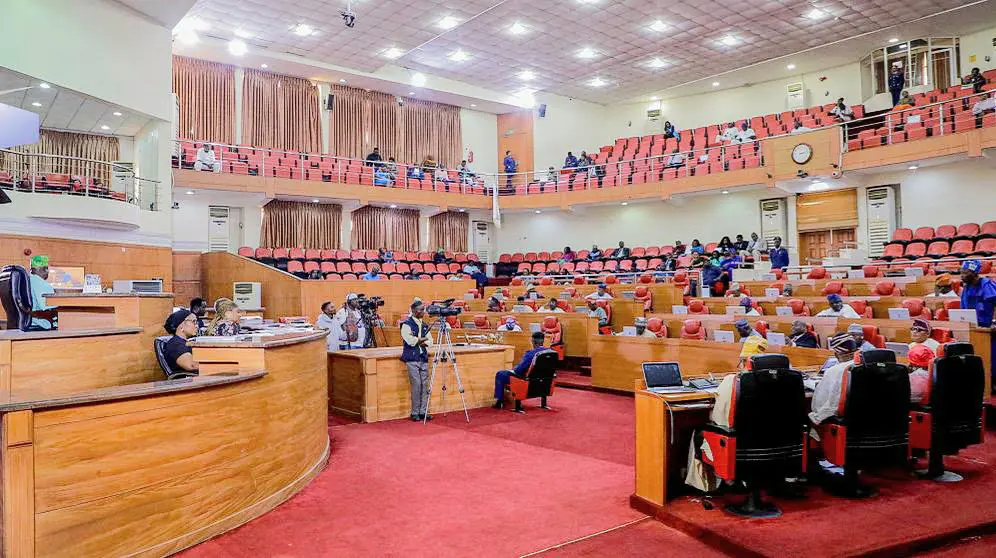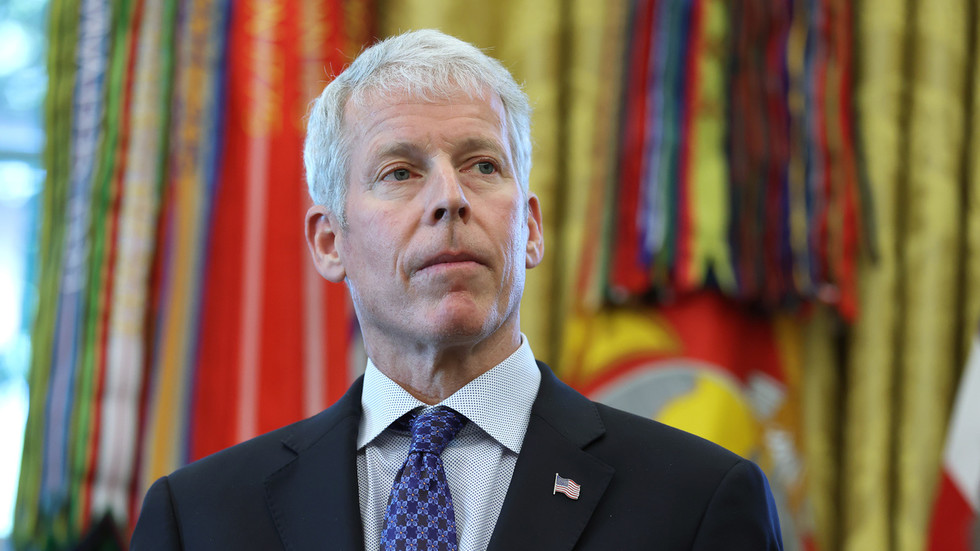European economies are facing significant challenges, with the European Bank for Reconstruction and Development (EBRD) forecasting strained economic growth in southeast Europe next year. The bank cites US tariffs, increased competition from China, and government budget pressures as key factors contributing to this slowdown.
The EBRD has slightly downgraded its growth forecast for 2026, while revising upwards its expectations for growth this year. According to Beata Javorcik, chief economist at the EBRD, access to the US market is a major pressure point, with exports from EBRD countries to the US growing in the first quarter of the year before declining in the second quarter. However, Javorcik notes that these averages hide significant differences between countries.
Some countries, such as Kazakhstan and Hungary, have seen increased exports to the US, with Kazakhstan benefiting from shipments of silver and gold bullion, and Hungary from pharmaceuticals and computers. In contrast, Slovenia’s exports have suffered due to its integration into Switzerland’s pharmaceutical supply chains, which are taxed at 39 percent when imported to the US.
The EBRD now forecasts growth of 3.1 percent in 2025, up from its previous projection of 3.0 percent. However, the expected growth of 3.3 percent in 2026 is weaker than initially forecast, dragged down by Romania and the Balkan countries. The institution also cites pressures related to increased competition from China in export markets and limited fiscal headroom in government budgets.
The OECD has also commented on the global economy, stating that it will grow more than previously forecasted this year, despite the impact of US tariffs. However, the full impact of these tariffs remains uncertain. The EBRD, founded in 1991 to support former Soviet bloc nations in their transition to free-market economies, has since expanded its reach to the Middle East and North Africa.
The forecast highlights the ongoing challenges faced by European economies, particularly in southeast Europe, as they navigate the complexities of global trade and economic pressures. As the region looks to the future, it is likely that these challenges will continue to shape economic growth and development. The EBRD’s forecast serves as a reminder of the need for careful economic planning and management in the face of external pressures.



